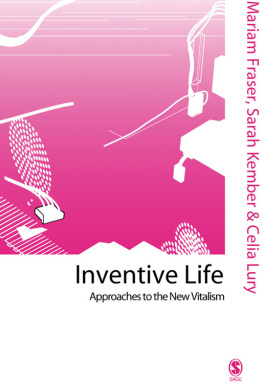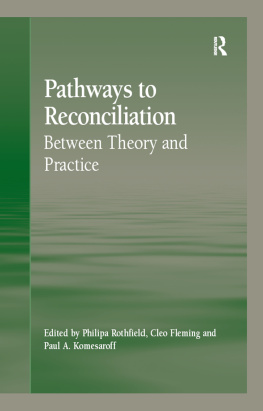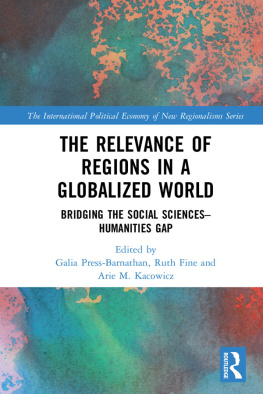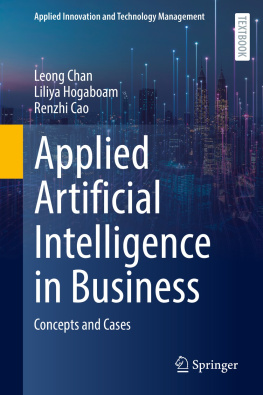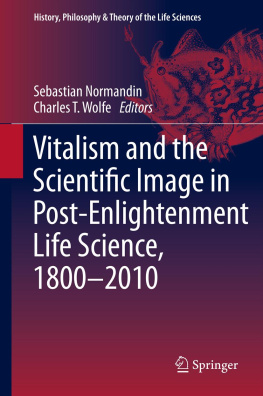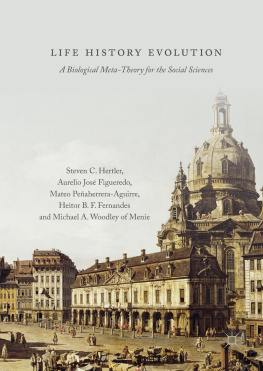Inventive Life: Approaches to the New Vitalism
Edited by
Mariam Fraser, Sarah Kember and Celia Lury

Inventive Life: Approaches to the New Vitalism
Edited by
Mariam Fraser, Sarah Kember and Celia Lury
Contents
Originally published as Volume 22, Number 1 of Theory, Culture & Society
First published 2006
Mariam Fraser, Sarah Kember and Celia Lury 2006
Published in association with Theory, Culture & Society, Nottingham Trent University
Apart from any fair dealing for the purposes of research or private study, or criticism or review, as permitted under the Copyright, Designs and Patents Act, 1988, this publication may be reproduced, stored or transmitted in any form, or by any means, only with the prior permission in writing of the publishers, or in the case of reprographic reproduction, in accordance with the terms of licences issued by the Copyright Licensing Agency. Enquiries concerning reproduction outside those terms should be sent to the publishers.
 | SAGE Publications Ltd
1 Olivers Yard
55 City Road
London EC1Y 1SP |
SAGE Publications Inc.
2455 Teller Road
Thousand Oaks, California 91320 |
SAGE Publications India Pvt Ltd
B-42, Panchsheel Enclave
Post Box 4109
New Delhi 110 017 |
British Library Cataloguing in Publication data
A catalogue record for this book is available from the British Library
ISBN 1 4129 2036 1
Library of Congress Control Number Available
Typeset by Type Study, Scarborough, North Yorkshire
Printed on paper from sustainable resources
Printed in Great Britain by Athenaeum Press, Gateshead
Inventive Life
Approaches to the New Vitalism
Mariam Fraser, Sarah Kember and Celia Lury
[I]n vain we force the living into this or that one of our moulds. All the moulds crack. They are too narrow, above all too rigid, for what we try to put into them. (Bergson, 1911: x)
T HIS INTRODUCTION addresses how and why vitalism the idea, originating in the 18th and 19th centuries, that life cannot be explained by the principles of mechanism matters now. It does so by considering what we will call vital processes. One aim is thus to think about process, that is, what is distinctive about process as a mode of being. A second aim is to address some of the ways in which attempts are currently being made to introduce information, knowledge or mind into social and natural entities, making them less inert, more process-like: bringing them alive. The two aims are held in tension. Thus while we consider the specific, contemporary set of circumstances in which the vitality of (social and natural) processes is currently being proposed namely, the introduction of understandings of information, complexity, and cybernetics in the economy, science, and art this is set alongside historical and philosophical understandings of process. The effect of this double focus, we hope, is to enable us to pose questions about the role and status of (thinking) life across the natural sciences, the social sciences and the humanities. These questions return us to a consideration of what might be included in the life sciences, how such sciences might be conducted, and who conducts them. This consideration does not take the form of a critique from without or a commentary from above, but emerges from within. Our hope is that a concern with vital processes will enable us to think about change both novelty and endurance in a world which might be different but is not (Haraway, 1997: 97).
In the article On the Vitality of Vitalism, which opens this collection, Monica Greco presents a case for the necessity of the double focus described here. Arguing against the dominant claim that vitalism is obsolete, Greco elucidates its meaning in the work of Georges Canguilhem. Critical of the way in which vitalism is often dismissed on the basis of being oversimplified (for example, in its opposition to mechanism or as a form of metaphysics), Greco suggests that its untenability is in fact the starting point of Canguilhems re-evaluation. What is significant for Canguilhem is that it keeps being necessary to refute vitalism and so its vitality is in part historical:
The imperative to refute vitalism, in a sense, is superseded by the need to account for its permanent recurrence. The question of vitalism acquires a new dimension a diachronic dimension that supplements and subverts each one of its settlements.
Vitalism remains vital partly because of its epistemological role within the history of the life sciences. It is the negative term of reference against which biological thought and techniques have progressed and it represents a significant motor force in the history of biology an error but one endowed with a positive, perhaps even necessary function. Vitalism functions in part as an ongoing form of resistance to reductionism and to the temptation of premature satisfaction, closure, denial or ignorance. It is significant to Grecos argument that for Canguilhem vitalism should be regarded as an imperative rather than a method and more of an ethical system, perhaps, than a theory. The key to the vitality of vitalism, as Greco sees it, however, relates as much to its ontological as its epistemological role. Its address, as represented in Canguilhems work, is to the object of life itself and where it may fail to offer a valid representation of life, vitalism serves as a valid representative a symptom of the specificity of life. As such, vitalism is consistent with a non-essentialist ontology, an ontology of what is permanently suspended between being and non-being.
With these epistemological and ontological resignifications of vitalism established, Greco turns to her chosen homologues in systems and complexity theory, finding in the latter a concept which functions in similarly provocative and performative ways epistemologically and which is usually recognized as almost constitutive of the living object. Importantly, she argues that complexity can be seen to constitute the kind of ethical imperative that Canguilhem identified with vitalism the imperative that we acknowledge a sensitivity of the world to our interest in it, and to the forms in which this interest is expressed. In these ways, Grecos conclusions about the ethical imperatives afforded by vitalism and complexity provide one of the starting points of this collection.
But of course the historical and philosophical inspiration for thinking (about) vital processes in this introduction and the following chapters comes from a variety of sources, not just Canguilhem. These include Bergsons notion of duration (1988), in which there is movement but not a mobile things change, but change is not external to the object nor imposed upon it. We also draw on Alfred North Whiteheads concept of concrescence (which might be likened to becoming) in which [t]here are not the concrescence and the novel thing: when we analyse the novel thing we find nothing but the concrescence (Whitehead, 1985: 211). Other sources of inspiration include Deleuzes (1993) notion of the fold (enfolding and outfolding spatial and temporal differentiations) and Donna Haraways dirty ontology (Keller, 2002: 62). While we do not under-estimate the very real differences between these understandings, we believe they share a number of assumptions, including perhaps above all else a view that entities are constituted in relations. Process, in other words, is characterized by a radical relationality: the (social and natural) world is understood in terms of constantly shifting relations between open-ended objects. This is not to suggest that there are relations
Next page
